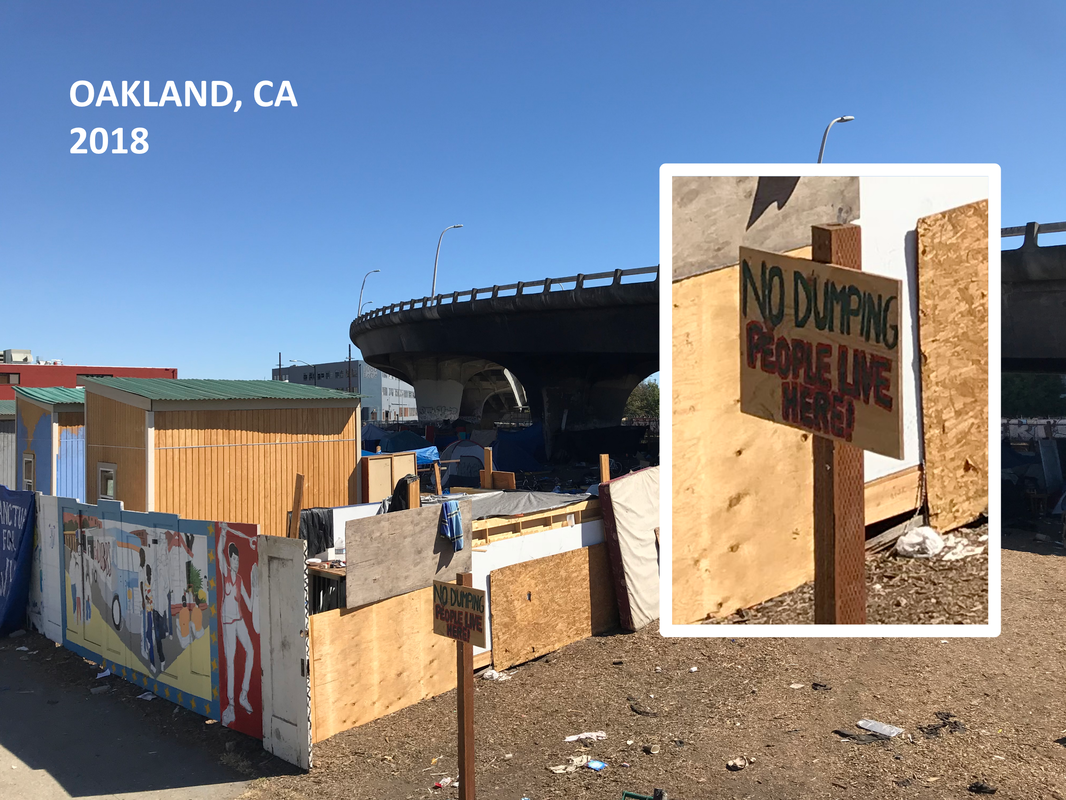|
The built environment is not the architect's playground. It is our common property, and it follows that when architects operate on this common property they have a duty to act for its betterment. Why? Because too much is at stake , and because architects can do something about it. Viewed another way: the scale, quality, and availability of building stock (w/r/t transportation networks) are likely the most significant aspects of any one person’s life. Improve the built environment, and you have raised the bar for everything else. It is hard to overestimate how much healthy, resilient built environments enable the well-being of the population that inhabits them, especially given the increasing magnitude and frequency of catastrophic climate events and the great flows of migration that these trigger. Similarly, the rising inequity of wealth distribution that is exploding land values in certain cities is posing a crisis of 'affordability' that is destroying lives, and impossible to ignore. Such questions are not just for planners, policy-makers, and economists; they are absolutely valid architectural questions. The conversations in studios about form, meaning, mapping, materiality, iteration, parametrics, tectonics, typology or whatever else is hot, seem so trivial when the world is literally burning. This doesn't have to be the case. What architects can bring to the table is an ability to work creatively in difficult spaces, to resolve complexity across multiple disciplines, to advocate for quality of life and, finally, to deliver the product. On the whole, though, I do not find that the field has risen to the challenge. The discipline seems too concerned with its own problems, its own bizarre language, and with winning its own awards. More worryingly, it seems preoccupied with attracting attention rather than doing good work (in the moral sense), which, so often, needs to go unnoticed. I firmly believe it is the invisible, basic, utilitarian aspects of our world that define its greatness, not its glittering anomalies. Schools have an important role to play. First: the distinction between teaching architecture as a fine art and teaching architecture as a social science needs to be made clear. That it shares aspects of both is not license to confuse which parts are which. Following this, what I would hope to see is a reformed curriculum that does not denigrate pragmatism in favor of ‘design,’ that commits to teaching substantial technical proficiency across multiple software platforms, and finally, eschews the antiquated process of 'critiques' or 'reviews' (a thin euphemism) as the seminal evaluation of student work. Crits incentivize the wrong goals, and inculcate bad habits. We can do better. Beauty, aesthetics, or "design intent," as it is known in contract documents are tools. They are not ends in themselves — their worth is conditional upon the good that they accomplish. Academics can no longer put this on hold as they teach creativity in a black box, and they really need to cut the hero worship. These two mix a dangerous cocktail in a young mind. With the privilege of being in the vanguard, Schools of Architecture must act with due responsibility. It is time that they made a commitment not just to their field but to their students, and to the world. *
Comments are closed.
|
WritingArchives
January 2021
Categories
All
|



